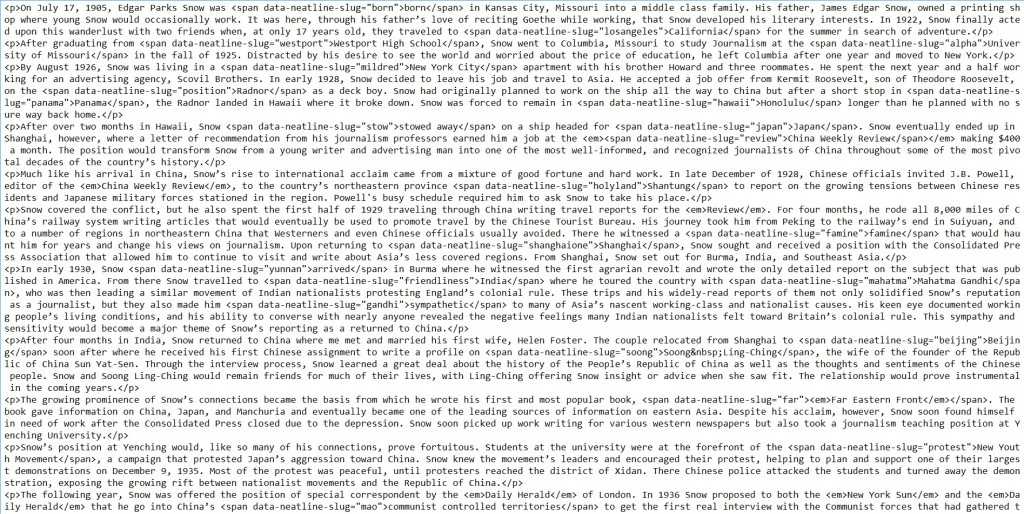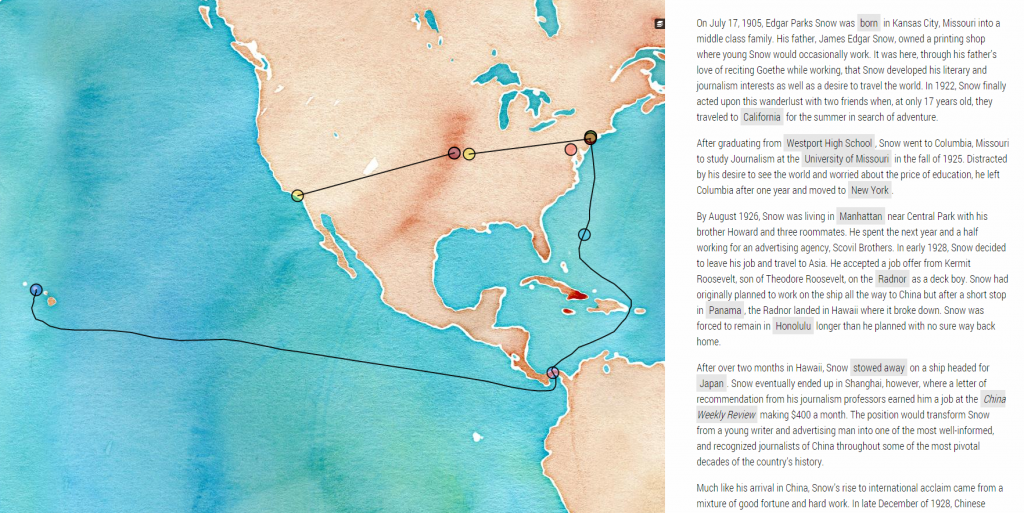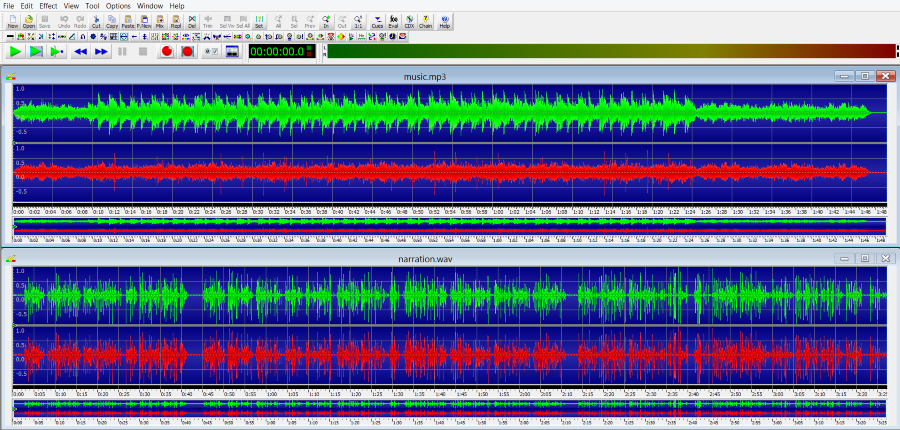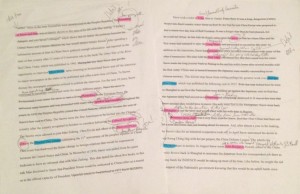One aspect of my job as an archivist at the Truman Library and Museum has been record digitization. Although this can be a tedious and repetitive task, I find it as rewarding as processing collections and writing finding aids. As a researcher, I understand the value of having online access to photographs and documents. Researchers anywhere in the world can view records online, and many archives are digitizing their holdings. Digitized records can also be shared on social media to reach a broader audience.
For example, I scanned Margaret Truman’s diary from 1941 because the Truman Library wanted her December 7th and 8th entries to commemorate the 75th anniversary of Pearl Harbor. Over the past two days, the Truman Library has shared the diary pages on their social media accounts and website. As of today, 275 people have liked or shared the diary pages on Facebook and 139 people have liked or retweeted them on Twitter. This is why I find digitization so valuable. Making history accessible is a large and rewarding part of what public historians do. I was able to connect over 400 people to an important part of our past simply by scanning two documents and putting them online. Digitization may not be the most exciting task, but it is certainly an important one filled with meaning.








